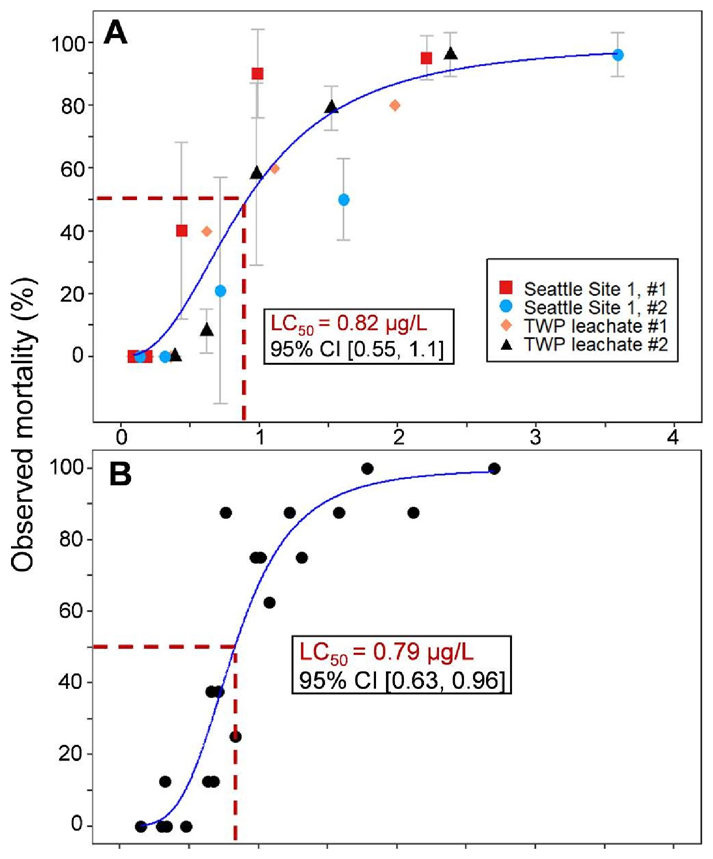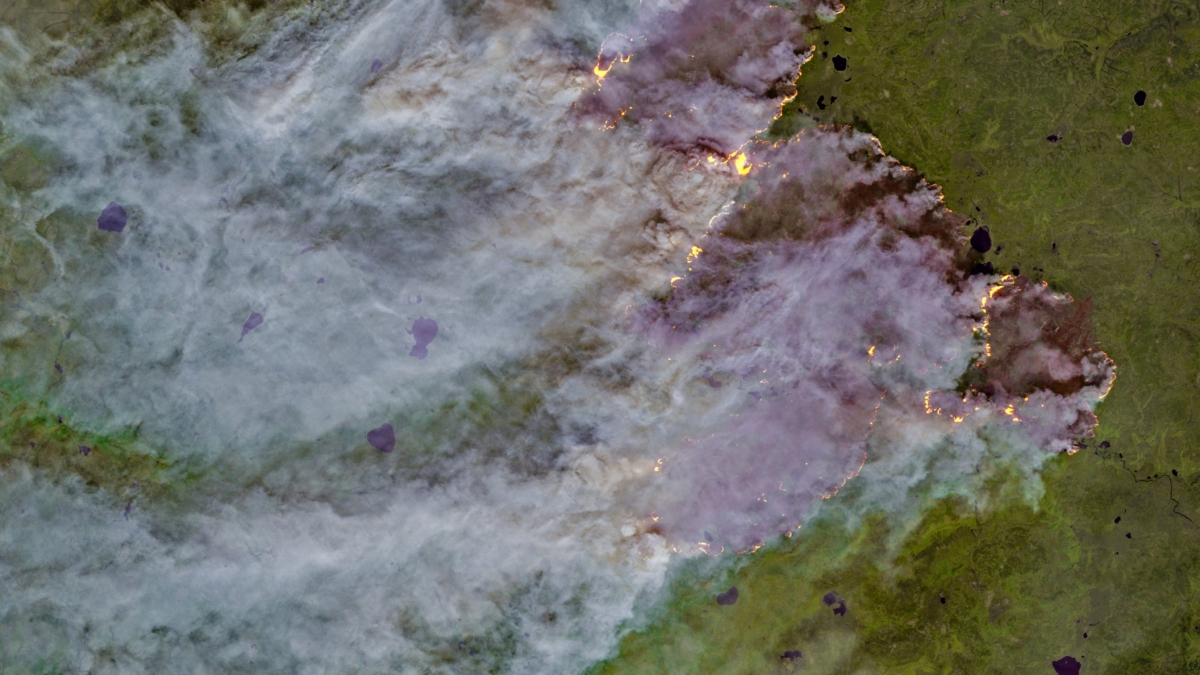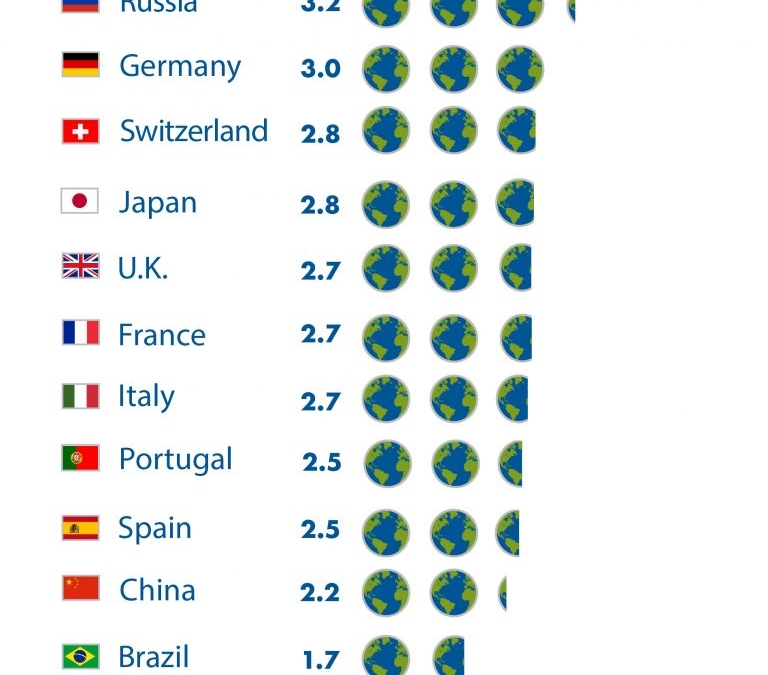Tire dust killing coho salmon returning to Puget Sound, new research shows – “I find it incredibly sad to watch the adults when they are sick”

By Lynda V. Mapes
3 December 2020
(Seattle Times) – First they circle. Then they gasp at the surface of the water. Soon they can’t swim. Then they die.
For decades now, scientists have known something was killing beautiful, adult coho salmon as soon as they hit Seattle’s urban waters, ready to spawn. They had escaped the orcas, the fishermen, traveled thousands of miles, only to be mysteriously killed as soon as they finally reached home.
In a breakthrough paper published in the Dec. 3 issue of Science [pdf] a team of researchers revealed the culprit behind the deaths of coho in an estimated 40% of the Puget Sound area — a killer so lethal it takes out 40 to 90% of returning coho to some urban streams before they spawn. It is a killer hidden in plain sight.
Tires.
More specifically, a single chemical, 6PPD-quinone, derived from a preservative that helps tires last longer.
Through painstaking analysis and building on years of prior research, the team, including researchers from the Center for Urban Waters in Tacoma, the University of Washington and Washington State University, isolated the killer from a witch’s brew of some 2,000 chemicals in roadway runoff. [cf. Pollution from tire wear 1,000 times worse than exhaust emissions and Electric cars are not the answer to air pollution, says top UK adviser –Des]
The chemical is a globally common tire rubber antioxidant. But when it does its job, interacting with ozone in the atmosphere, the chemical transforms to a substance that is highly toxic to coho.
Bound up in the rubber, this chemical taints tire-wear particles shed by tires onto roads. The tire dust is in roadway runoff that seeps, trickles and pours into water bodies, including urban streams, every time it rains. The more traffic on the road, the higher the dose.
Coho salmon, returning with the first fall rains, take the hit. They usually die within hours. […]
“I find it incredibly sad to watch the adults when they are sick,” said co-senior author on the paper, Edward Kolodziej, an associate professor in both the UW Tacoma Division of Sciences & Mathematics and the UW Department of Civil & Environmental Engineering. [more]
Tire dust killing coho salmon returning to Puget Sound, new research shows

A ubiquitous tire rubber–derived chemical induces acute mortality in coho salmon
ABSTRACT: In U.S. Pacific Northwest coho salmon (Oncorhynchus kisutch), stormwater exposure annually causes unexplained acute mortality when adult salmon migrate to urban creeks to reproduce. By investigating this phenomenon, we identified a highly toxic quinone transformation product of N-(1,3-dimethylbutyl)-N’-phenyl-p-phenylenediamine) (6PPD), a globally ubiquitous tire rubber antioxidant. Retrospective analysis of representative roadway runoff and stormwater-impacted creeks of the U.S. West Coast indicated widespread occurrence of 6PPD-quinone (<0.3-19 μg/L) at toxic concentrations (LC50 of 0.8 ± 0.16 μg/L). These results reveal unanticipated risks of 6PPD antioxidants to an aquatic species and imply toxicological relevance for dissipated tire rubber residues.
A ubiquitous tire rubber–derived chemical induces acute mortality in coho salmon [pdf]


